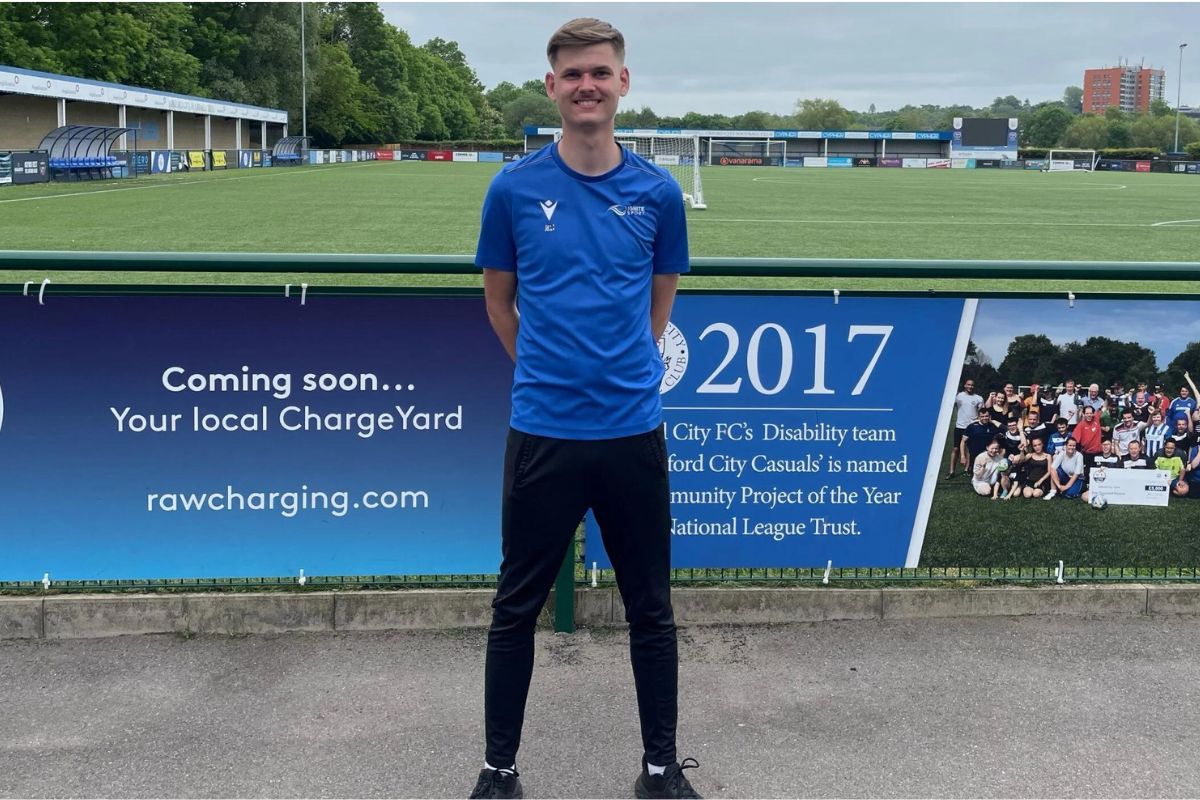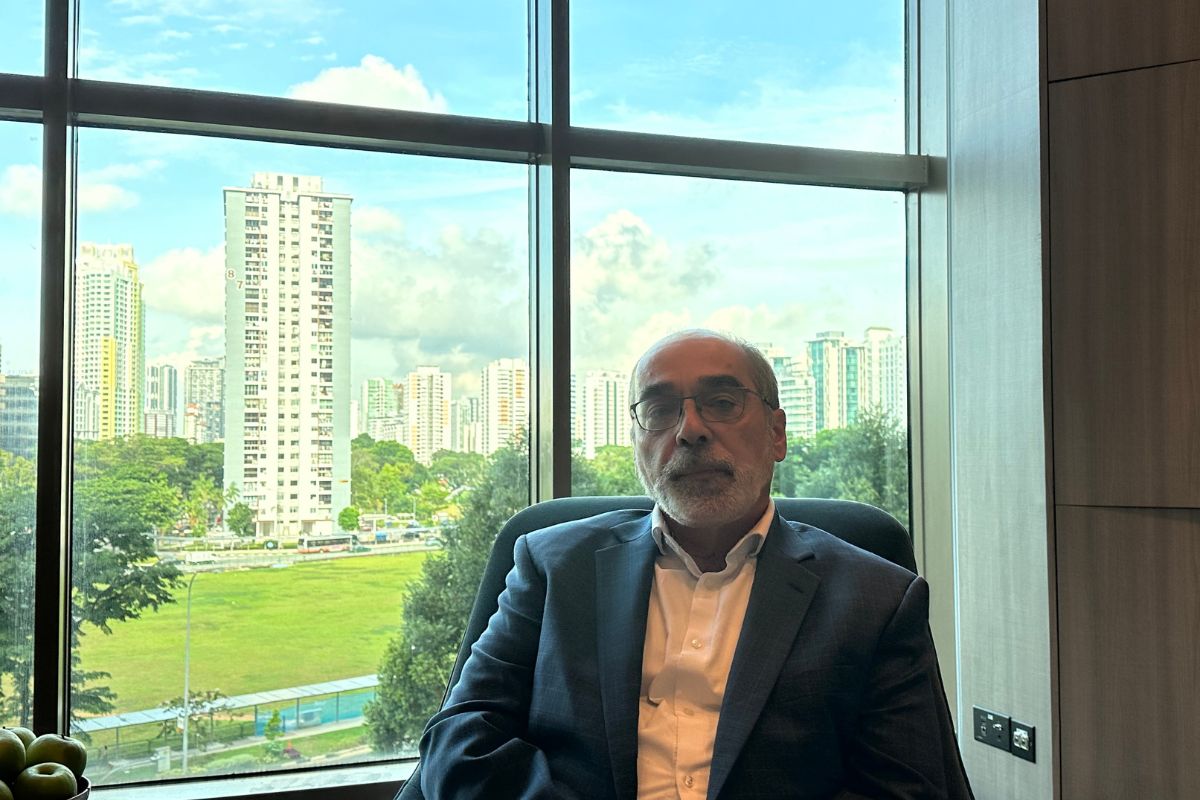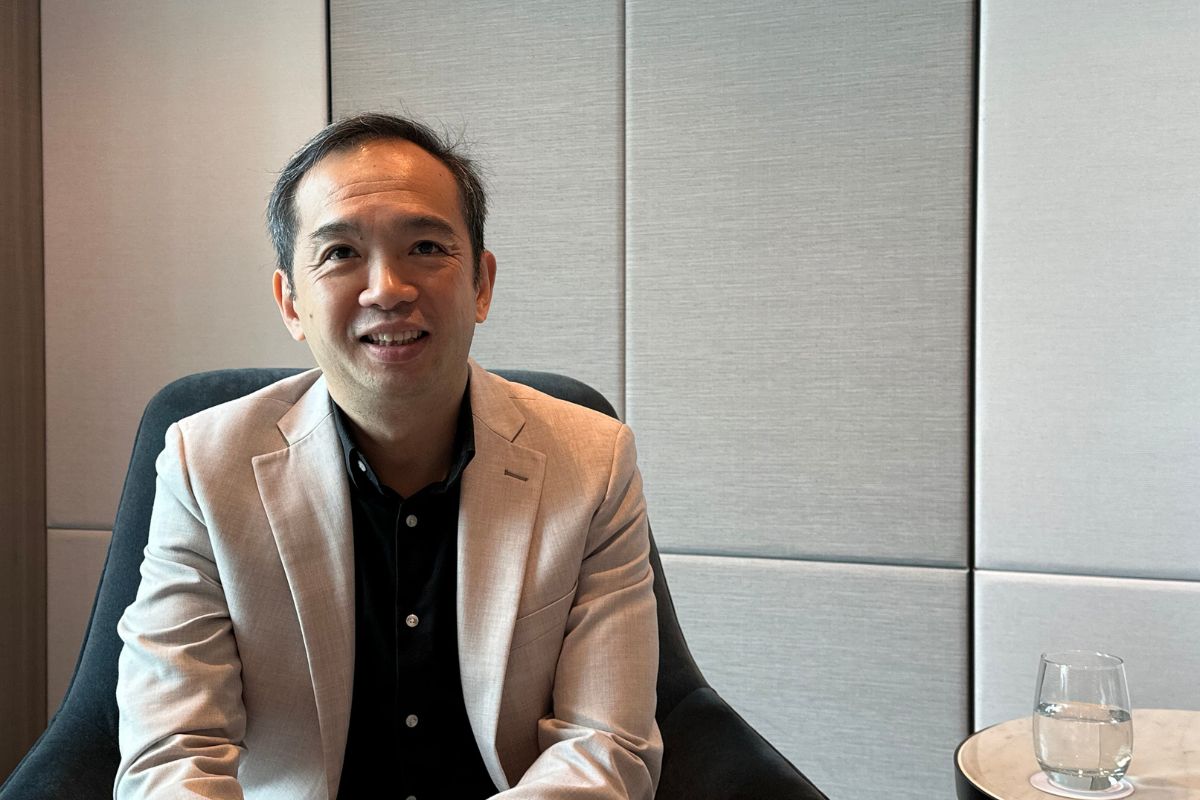Better, quicker, effortless – building an industrial scale apprenticeship service

ESFA’s Eileen Logie gives her insight into transforming digital services.
My name’s Eileen and I’m a deputy director at the ESFA, and the service owner for the apprenticeship service.
In April, I returned to government after a 2-year secondment to Sage (the software company). My key focus there involved translating digital strategy into real delivery and achieving great return on investment.
As I said in a blog post I wrote back then, intelligent end-to-end service design is key to successful delivery of great business benefits and customer outcomes. This end-game design focus will always help us take the first step in a journey of a thousand miles.
Delivering real service revolution
Key is understanding that you have to evolve all of your organisation, not just build web services, in order to successfully transform and create ‘digital services’. Underpinning this evolution will be an understanding of the end-to-end customer experience needed to enable your service to be successful from their perspective: efficient, better, quicker and effortless.
Organisational consensus on a view of the future – your ‘north star’ – is critical: what do we want the customer experience to be; how do we want customers to consume and experience the services we provide; what does good look and feel like from their perspective; what do we need to do to make that happen?
This future vision will evolve as we discover, build, change and learn, but it will help us to ‘build the right thing’ together.
Creating our apprenticeship ‘north star’
Right now, we’re still forming this “future state” for the apprenticeship service. I’ve created the apprenticeship service journey map as a design tool to illustrate the current view on the end journey for all our customers and where they interact with each other. (Right click on the graphic and save as an image to see a full screen version.)
As you can see, a minimum viable service (MVS) is just the start of our learning and delivery journey. This end-to-end view of the experiences our customers need to successfully transact with us will, from a design and delivery perspective, support our development of web channels, infrastructure, business processes and organisational change needed to build a complete seamless service: we need to look at the whole picture.
What we delivered in April was a game changer and has built an amazing delivery capability within ESFA, but we can’t just build an MVS.
Being a continuously learning team
Building out an MVS and operating a live service means we learn every day, as well as delivering new capability to more users. We’re learning about the behaviours of our users and what they want; we are learning what works and what doesn’t; and we are learning about what this really means for ESFA and the Department for Education. All this is helping us learn what the future really needs to look like to deliver the value and benefits.
For example, ultimately we want to scale up our service, so we want our users to be able to self-service, but we need better content, better marketing to get to that point. Customers need better forecasting tools to help them make decisions about apprenticeships and the benefits for them – this may be before they even start thinking about registering for an account with the apprenticeship service.
Another critical element is data. We’re working with policy to look at improvements, such as how can we change the funding model to improve things in certain areas? What do we want to focus on? How can we use data more intelligently? My service manager needs to know what data streams to look at to tell him at a macro level what’s going on.
Operating agile at scale
We need to assess the impact of MVS, test and iterate, as well as develop new capabilities and consider business re-engineering. We’ve set up many new discoveries, such as how do we deliver support to customers at scale? We’re constantly cycling through innovation and iteration as we understand what is needed, and at the same time we’re also running the live service.
Agile at scale means we haven’t got just one scrum team or one product owner, we could have 15. I need delivery capability that supports build, delivery and run right across the ESFA. My challenge is co-ordinating all of this activity amongst many delivery teams. Underpinning this is a commercial model (supported by g-cloud and other frameworks) that means we can flex and reduce expertise and capability as and when we need it.
The ‘one team’ approach worked for MVS, but now we’re looking at so many different things: ‘snagging’ (dealing with issues), removing technical debt (reworking software), bringing in non-levy paying employers and enabling transfers (so employers can allocate funding to suppliers or partners). My challenge is to ensure that policy is a part of every single thing we do. At the heart of how we mobilise is a simple common theme that supports engagement across all stakeholders and their needs – it is the user: period – one apprentice, one employer, one provider.
Building and delivering for the future
As I wrote in my previous blog post, it’s not about user experience, it’s about the whole customer experience: what do we want the totality of the experience to be?
Each ‘station’ on our journey map is an ‘epic’ – made up of multiple products, multiple teams, multiple product owners and multiple success criteria. In order to ensure the complete experience is delivered in the right way there is a complex set of aligned/integrated delivery plans and stories that achieve each part of the journey and understand where the customer has come from and where they go next – that’s why a single view on the end vision is so crucial.
As we move forward and focus on delivery, we’re back to basic MVS principles. We need to identify where it is we need to get to. MVS was all about getting the levy system up and running but now it’s about new ways of working, building out a complex set of design patterns to create an effortless experience and developing new business processes.











Responses